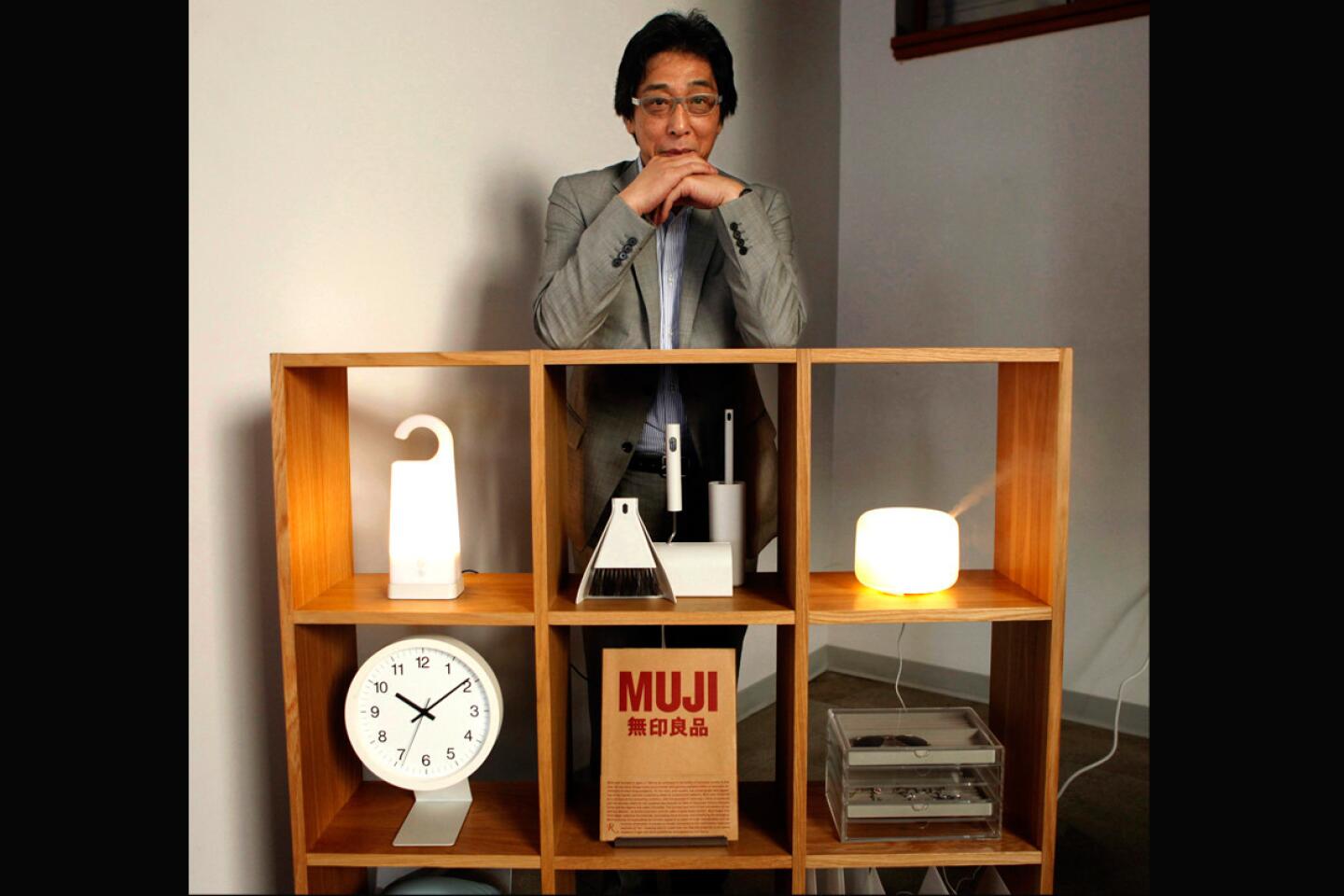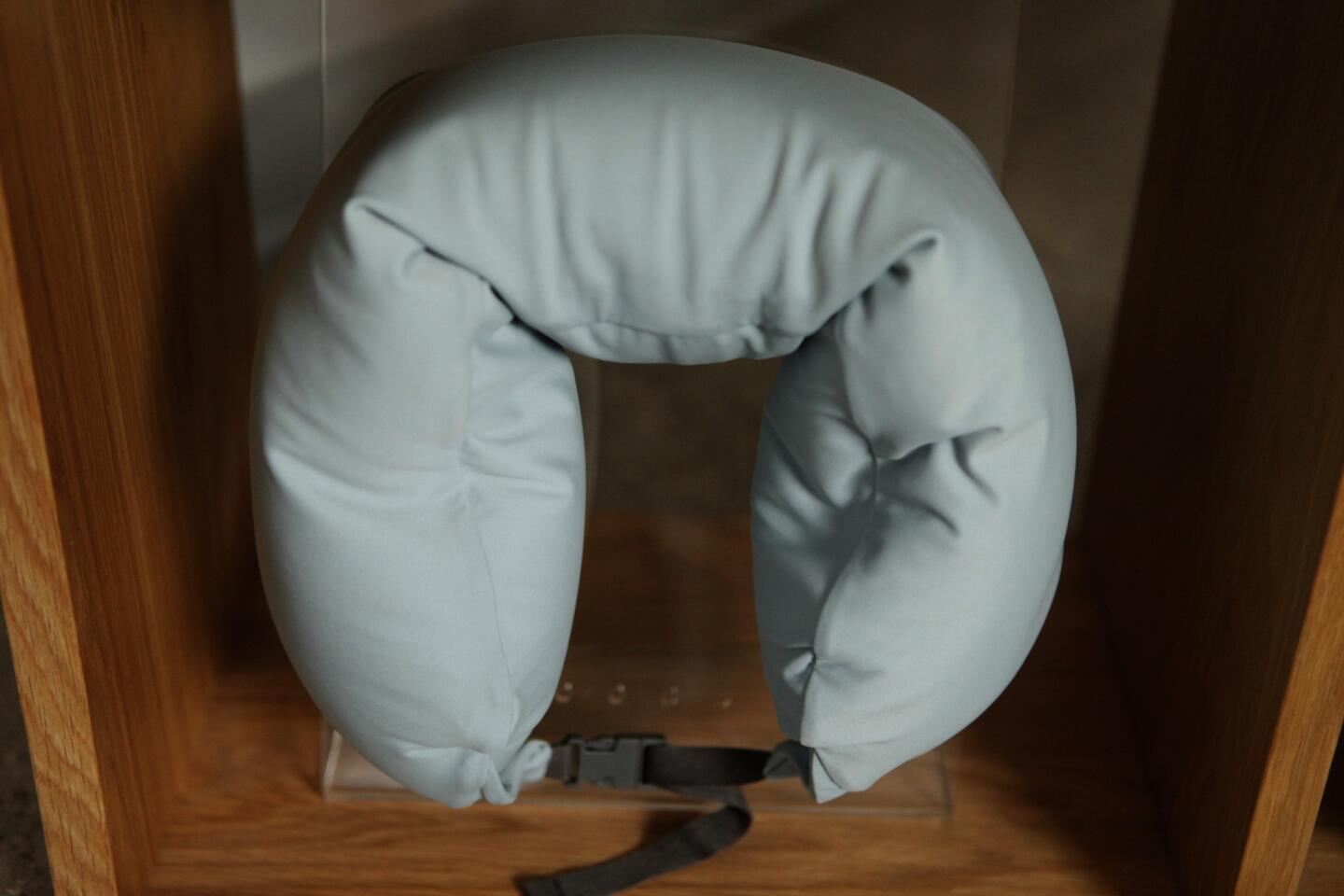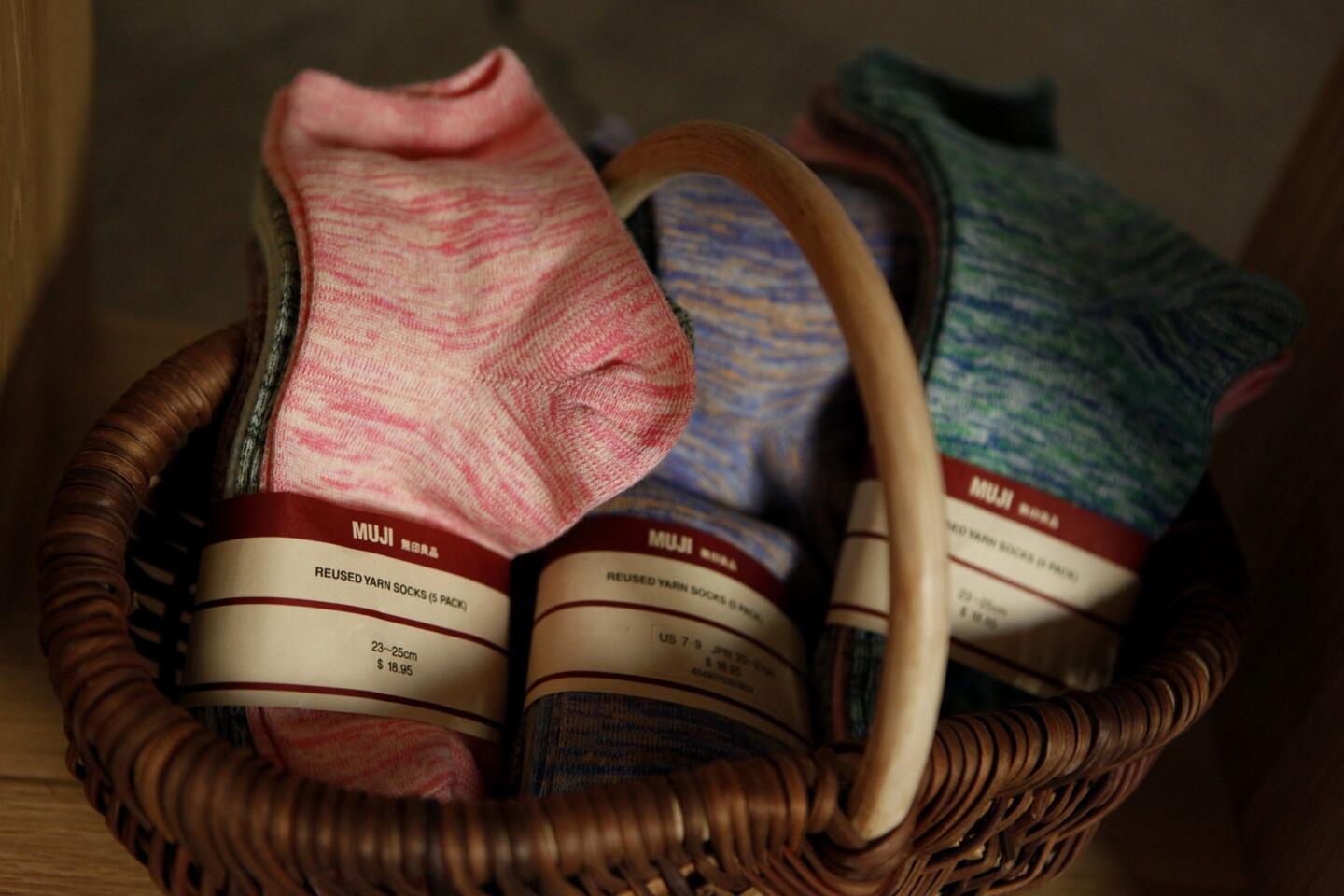5 Questions: The Muji catalog of life and design all about simplicity
- Share via
As president of Muji, the Japanese retailer that takes its name from a term that means “no-brand quality goods,” Masaaki Kanai has worked with designers such as Jasper Morrison, Konstantin Grcic and Pritzker Prize-winning architect Shigeru Ban. But you won’t see any designer credits — or brand logos — on the waste-reducing packaging for his company’s sublimely minimalist housewares, eco-friendly storage systems and bed linens made from shirt-quality Oxford cotton.
We recently spoke with Kanai, through a translator, when he visited L.A. ahead of the launch of a new Muji store at 2936 Main St. in Santa Monica. The store, scheduled to open this month, will be the second in Southern California for the proudly generic design resource; the first debuted in Hollywood in December.
What is the philosophy of Muji?
It started out in 1980 as Japanese artists and designers seeking an antithesis to overabundance, excessive gorgeousness and commercialism — an antidote to branded luxury goods. For us, the challenge is to create things for daily living in the most ordinary way possible — so you can use them as you wish and they don’t disturb your space — in order to create a more pleasant life. We want our customers to be able to perceive simplicity, naturalness, good quality and reasonable prices.
Sounds like Ikea. What’s the difference?
Looking at the lifestyle they propose, their thinking is different and we do not mean to insult them, but we are seeking a much higher level of quality. From a business standpoint, you would think that customers buying something new every six months is a good idea, but as the human population is heading to 10 billion, we need to stop and think calmly about what things we really need as an operating system for life. At Muji, we have a fixed catalog of basic products and keep selling the same designs for a long time. So if a customer breaks the lid on their teapot, we can sell them a new one.
What are the design influences of Muji?
Of course, it starts with the Bauhaus. We also love the furniture from Northern Europe by Alvar Aalto and Hans Wegner. Midcentury design is truly great, and I would like to see Wegner’s Y chairs or Eames shell chairs around a Muji oak table.
Charles and Ray Eames lived in Pacific Palisades. How do you think Muji products fit in California homes?
In the era of the Case Study house, architects and designers thought about storage and furniture, but not about the things that follow after like wastebaskets and toilet brushes. Do you want those objects to stand out in that architectural context? No, you want them to be unobtrusive but beautiful. That’s what I think Californians would want, even if they live in a Spanish home. Muji isn’t making a statement. For people who are trying to show off with a space, it is hard for us to fit in. We sell floor chairs without legs and mattresses with wood bases and attachable legs that can be beds or seats. In a California living room, you could have several of those and add your favorite cushions and rugs.
What’s next?
The goal was always to see how little design could go into things. As time went by, we started making furniture, appliances and even houses. We have three styles of modular houses that do not require interior walls and use as little heat and electricity as possible, and we are working on a fourth with architect Shigeru Ban. Right now they are only sold in Japan for narrow lots and cost $200,000 to $300,000, but we are developing the idea. If you wanted to bring one to the U.S., I suppose you could, as a form of entertainment, but it would cost much more.









